The Highway of Tears refers to a 724 km length of Yellowhead Highway 16 in British Columbia where many women (mostly Indigenous) have disappeared or been found murdered. The Highway of Tears is part of a larger, national crisis of missing and murdered Indigenous women and girls. In 2015, the federal government launched a national inquiry into these cases.
This article contains sensitive material that may not be suitable for all audiences.
Context
The Highway of Tears refers to a section of Yellowhead Highway 16, from Prince Rupert on the northwest coast of British Columbia to the central interior city of Prince George, British Columbia. Twenty-three First Nations border Highway 16. The region is characterized by poverty and, until 2017, lacked adequate public transportation, which forced many locals to resort to hitchhiking as a form of transit.
The exact number of women who have disappeared or been murdered along Highway 16 is disputed. The RCMP acknowledges 18 murders and disappearances in its list of Highway of Tears cases, dating from 1969 to 2006 (the RCMP also include women who have disappeared from Highways 97 and 5 in British Columbia). Ten of these 18 victims are Indigenous women and girls. However, Indigenous groups argue that this number is misleading because it reflects only the disappearances and murders that have happened in the specific geographic areas around these highways and that the real number in Northern British Columbia exceeds 40. According to Human Rights Watch — an international non-governmental organization that conducts research and advocacy on human rights — British Columbia has the highest rate of unsolved murders of Indigenous women and girls in Canada.
However, this problem is not unique to British Columbia. Considered a national crisis by many Canadians, the federal government announced in 2015 that it would launch an inquiry into missing and murdered Indigenous women and girls. In that year, Carolyn Bennett, now federal minister of Crown-Indigenous Relations Canada, claimed that the national number of murdered and missing Indigenous women and girls in Canada is likely over 1,200. The National Inquiry into Missing and Murdered Indigenous Women and Girls commenced on 1 September 2016. On 3 June 2019, the National Inquiry released its final report.
Each reported case of a woman’s disappearance, or confirmation of a recovered body, has a cumulative effect within First Nations communities along the highway and across Canada: one of growing fear, frustration and sorrow.
RCMP Investigations, 1981-2005
In 1981, the RCMP organized a conference to investigate the growing number of unsolved cases of murdered and missing women along Highway 16 and other highways in interior British Columbia. Known as the Highway Murders, these cases involved women who either were found dead near Highway 16 or were last seen in that area, often hitchhiking. Approximately 40 police detectives from British Columbia and Alberta attended the conference. Close investigation of the cases revealed a number of similarities, including reports of suspicious vehicles and the names of persons of interest. While the Highway Murders initiative identified prime suspects in certain cases between 1981 and 2005, women continued to disappear, or were found murdered, along the Highway of Tears in British Columbia.
RCMP Project E-PANA, 2005
In response to some commonalities between the murder cases of three women (Alisha Germaine, Roxanne Thiara and Ramona Wilson), the British Columbia RCMP’s Unsolved Homicide Unit created Project E-PANA in the fall of 2005 to investigate other cases of murdered and missing women and girls in the area along Highway 16. This project was named, in part, after an Inuit word describing the spirit goddess that looks after souls just before they go to heaven or are reincarnated.
The RCMP use three criteria when reviewing the cases of missing and murdered women to determine whether they should be included in the Project E-PANA investigation:
- The victim was involved in a high-risk activity that would expose them to danger, such as hitchhiking or being involved in street trade (prostitution);
- The victim was last seen, or their body was discovered, within one mile of British Columbia Highway 16 (in 2007, this was broadened to include Highways 97 and 5);
- They were female.
In 2005, when E-PANA was first launched, the RCMP identified nine victims who had gone missing or had been found murdered along Highway 16 (from 1989 to 2006): Alisha Germaine, Roxanne Thiara, Ramona Wilson, Aielah Saric-Auger, Tamara Chipman, Nicole Hoar, Lana Derrick, Delphine Nikal and Alberta Williams. All but one of these victims — Nicole Hoar — were Indigenous.
In order to broaden the investigation, the RCMP used the computer software system, ViCLAS (Violent Crime Linkage Analysis System), as well as other databases and missing person records. In addition, the geographic area under investigation increased from 724 km (Prince Rupert, British Columbia to Prince George, British Columbia) to approximately 1,500 km, which included not only Highway 16 to Hinton, Alberta, but also sections of Highways 97 and 5. This led the RCMP to double the number of Highway of Tears victims from nine to 18, all of whom were murdered or disappeared over a 37-year period (1969 to 2006). The nine additional Highway of Tears victims are: Shelley Bascu, Maureen Mosie, Monica Jack, Monica Ignas, Colleen MacMillen, Pamela Darlington, Gale Weys, Micheline Pare and Gloria Moody.
 MMIW No More Stolen Sisters Red Hand Unisex Hoodie/Sweatshirt/T-Shirt 019
MMIW No More Stolen Sisters Red Hand Unisex Hoodie/Sweatshirt/T-Shirt 019


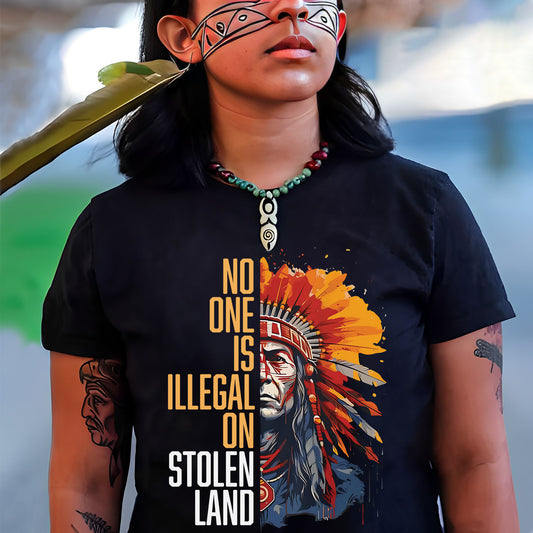

![[Two Sides] Trail of Tears The Deadly Journey Unisex T-Shirt/T-Shirt V-Neck/Hoodie/Sweatshirt](http://welcomenativespirit.com/cdn/shop/files/20_2bae9cf5-c07c-4ea5-a8ea-de74aa71325d_533x.jpg?v=1757466962)
![[Two Sides] Trail of Tears The Deadly Journey Unisex T-Shirt/T-Shirt V-Neck/Hoodie/Sweatshirt](http://welcomenativespirit.com/cdn/shop/files/gray_-2side_b51af6c7-cea9-4004-90db-cb8d883be04a_533x.png?v=1759742586)

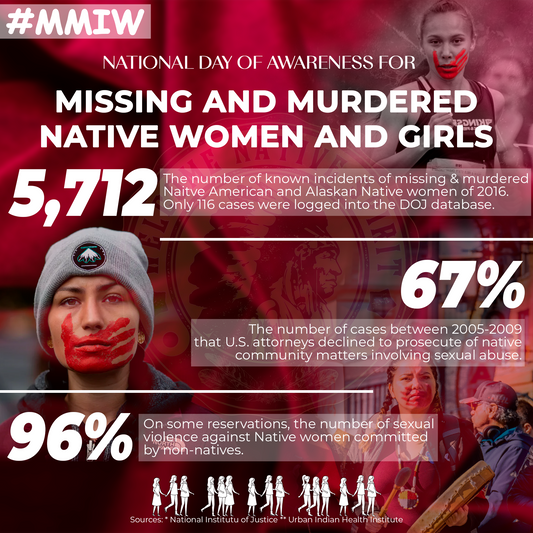


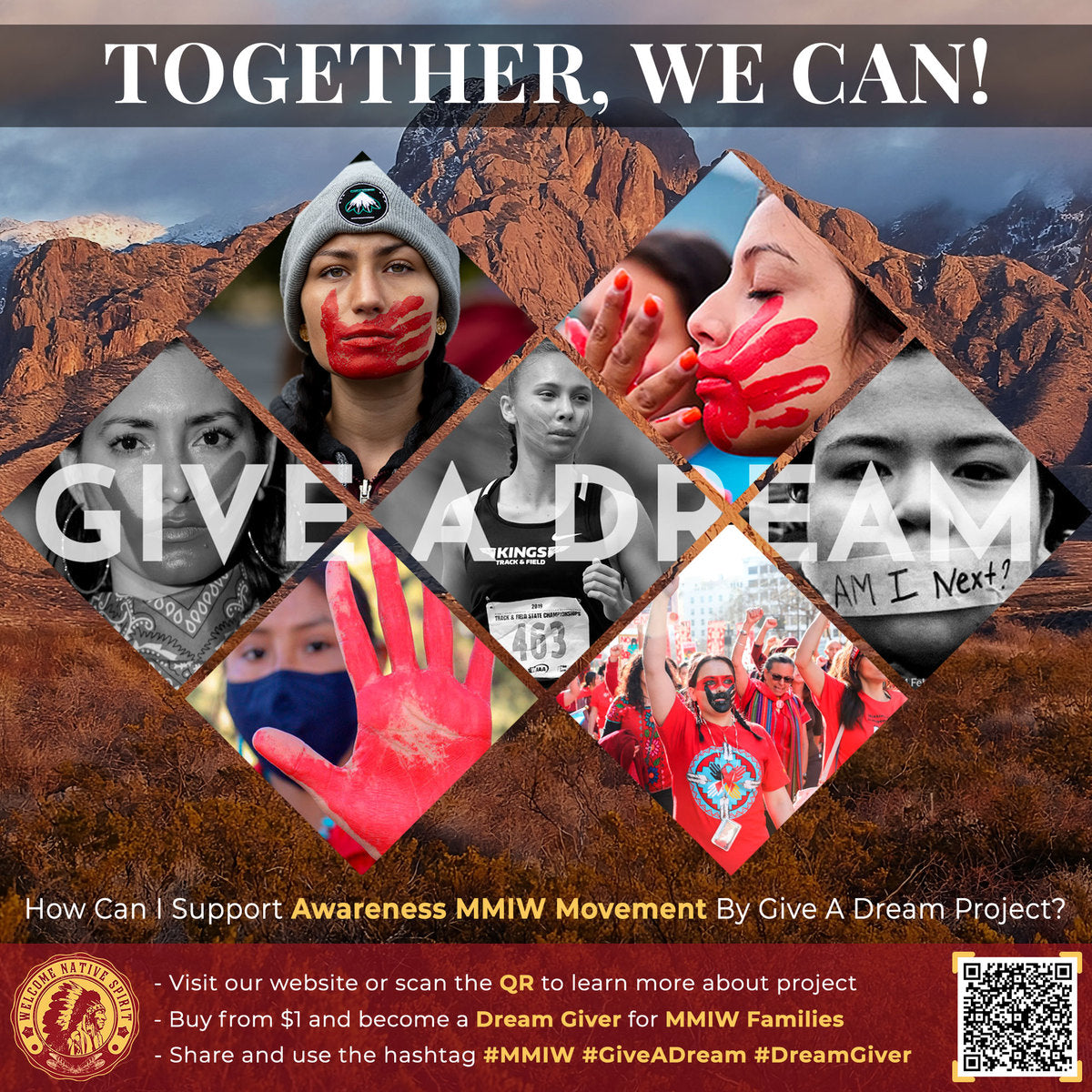

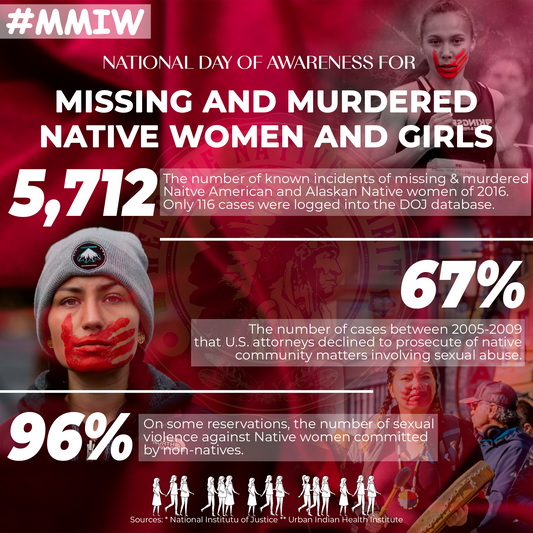
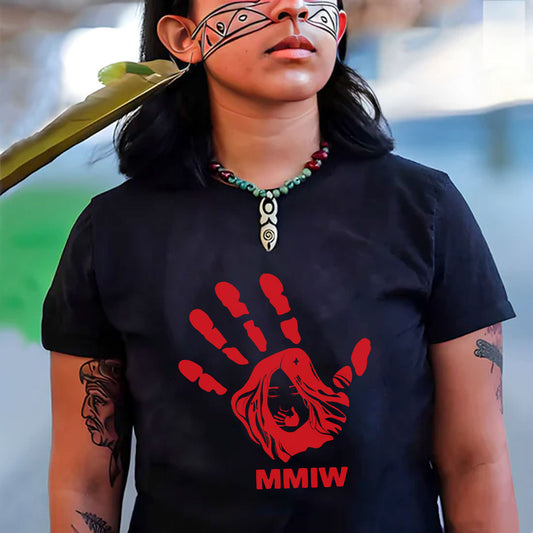
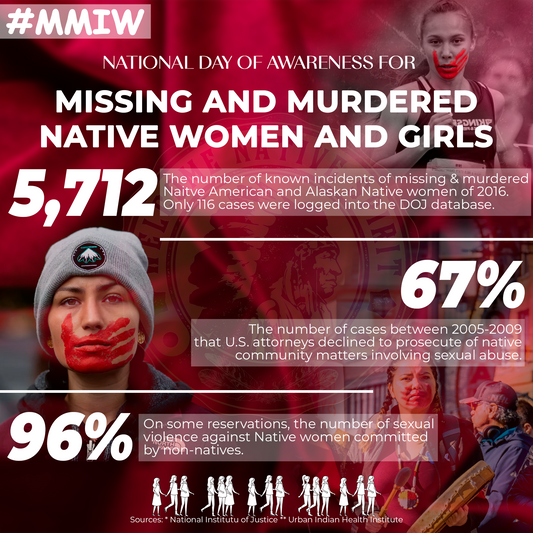




2 Comments
Something needs to be done to stop this. My heart and prayers go out to all these women / girls that are missing . My thoughts and prayers go out to all of them and their families. Prayer 🤲🏼 🪶
Good morning,
Thank you for sharing this article.
I work in Denver Colorado at the AID CENTER when a person goes missing we inform our partners so we can help locate the missing person ,we help find ways of getting back home or at the least communication with family members. As in your article it is not always what we want to see or hear but the family needs to know what has happened.
Please continue to make this horrible action against humans change. When light is shown on a situation change happens.
Celeste Stormer